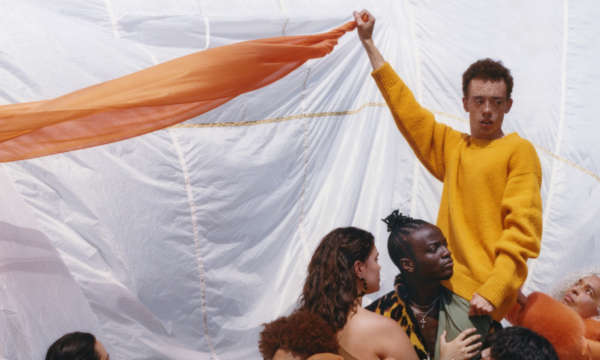Overview
The Need: The value of assets locked away in warehouses, lock-ups or storage rooms, underutilised or bound for landfill, is unquantifiable but staggeringly large. Lack of knowledge about these idle assets means that new equipment is unnecessarily procured, while operational equipment is consigned to landfill.
The Solution: Rheaply is an asset exchange platform that drives the visibility on stuff, across all of a client’s sites, enabling the transfer of idle equipment either within or outside an organisation.
What makes this particularly smart: Rheaply software can be applied to companies, university campuses, even districts. The platform can be set up to suit the individual needs of clients, allowing them to specify transfers as free of charge, donations or sales.
Benefits: Rheaply allows organisations to buy smarter and waste less through better surplus asset visibility, utilisation, and management. Rheaply has created a profitable business model and many jobs through proven cost savings for businesses, academic organisations, and other large asset owners.











